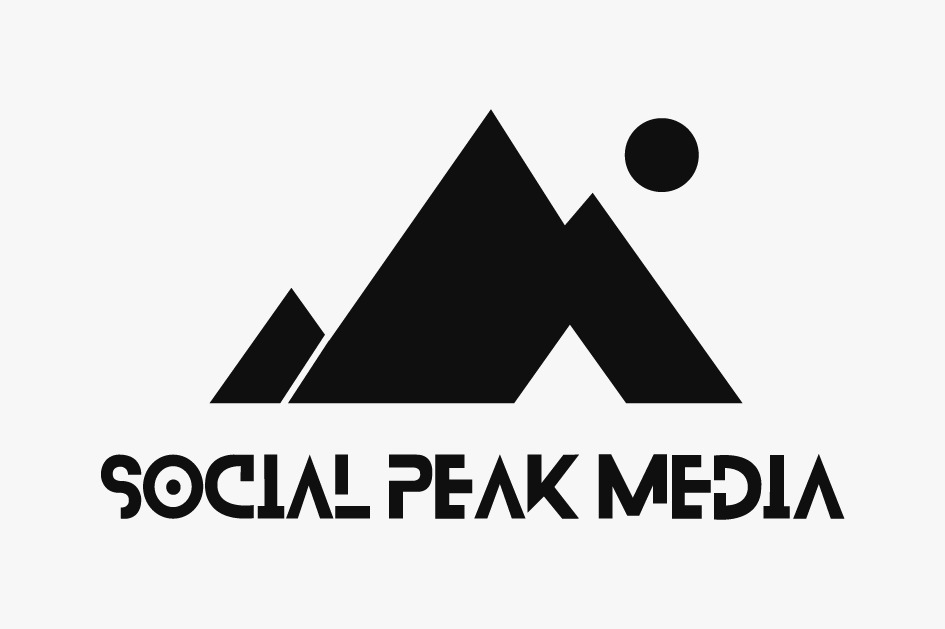The Ultimate Guide to Blog Writing for SEO, Branding, and Authority (2025 Edition)
This guide is designed to be your go‑to resource for helping you write blogs that actually rank, build brand affinity, and establish serious authority in the crowded digital landscape of 2025.
Throughout the article, I’ll speak directly to you—sharing insights, data, and frameworks in a conversational tone, all focused on mastering blog writing for SEO, branding, and authority.

Feel free to jump to the headings that interest you most, but I’d encourage you to read through the entire guide to build a holistic understanding of what it takes to succeed at Blog Writing for SEO, Branding, and Authority in today’s worl
Table of Contents
Foundations and Strategies for SEO‑Driven Blog Writing
Why blogging still matters in a social‑media‑obsessed world
To some marketers, blogging might feel old‑fashioned when compared with TikTok dances and Instagram stories. Yet the numbers tell a different story. More than half of the world now uses social media—63.9 % of the global population, according to research compiled in February 2025. People spend around 2 hours and 21 minutes per day on social platforms.

At the same time, 5.24 billion people (64 % of the global population) are active on social media, creating unprecedented opportunities for reach. Those billions of users are constantly searching for answers, inspiration, and entertainment. A well‑written blog is one of the few content formats that can satisfy all of those needs while living beyond the short half‑life of a tweet or story.

Blog posts provide depth and context; they can host embedded videos, infographics, and interactive tools; and they remain discoverable for months or years through search engines. Moreover, as zero‑click SERP features, where Google answers queries directly on the results page, continue to evolve, blogs that build authority and relevance stand a better chance of being referenced or pulled into featured snippets.
In other words, blogging isn’t competing with social; it’s the foundation that supports every other marketing channel.
The evolving landscape of blog writing in 2025

From keywords to intents: how search has matured
Back in the early days of SEO, you could write a post stuffed with a target keyword and hope to rank. Search engines have since become far more sophisticated. Google’s algorithms now interpret context, synonyms, user intent, and entity relationships. If you write solely for a single keyword, you’re unlikely to cover all the questions and intents people have around a topic. That’s where semantic SEO and overlapping NLP terms come into play.
Semantic SEO is about understanding the lexical field of your subject—using related phrases, synonyms, and contextually linked entities to form a comprehensive resource. This idea echoes the Koray Tugberk Gubur framework, which emphasizes topical authority through concept coverage.
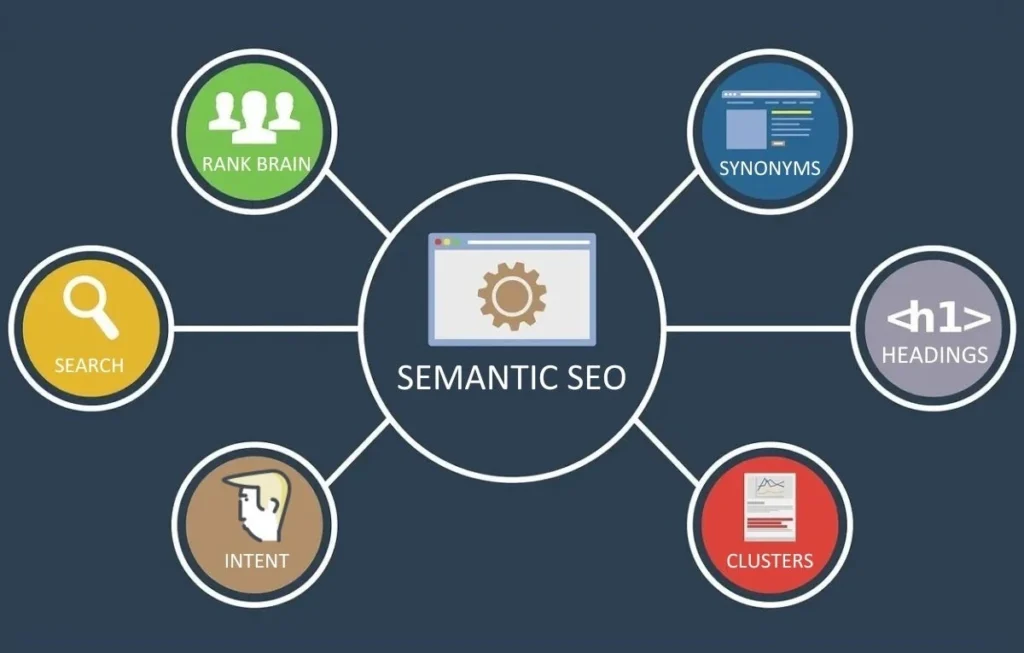
Rather than writing narrowly focused posts, Koray advocates creating content networks that cover a topic from multiple angles. Each page targets a different intent but links back to pillar content. This interplay of related pages builds authority in the eyes of search engines and humans alike.
In 2025, Google’s systems increasingly prioritize E‑E‑A‑T (experience, expertise, authoritativeness, and trust). They look for signals that an author has real‑world knowledge, that a site has topical authority, and that users trust the content.
Blogging provides a perfect canvas to demonstrate E‑E‑A‑T: you can share case studies, cite reliable research, and highlight your credentials. When you combine this with semantic coverage and internal linking, you create a robust cluster of content that search engines are more likely to rank.

Social platforms and blogs: partners, not rivals
The rise of social media hasn’t diminished the value of blogs; it has amplified it. The 2025 social media trends report from SocialInsider highlights that people are craving authenticity, purpose‑driven content, and even quieter spaces as “silent social platforms” emerge. Yet social platforms are inherently transient—posts vanish down the feed within hours.
Blogs, on the other hand, serve as evergreen homes for your ideas. You can repurpose blog content into micro‑videos, carousels, and stories while linking back to the original article to drive traffic and conversions.

Blue Archer
This synergy is particularly potent when you consider that many consumers use social networks to discover products or brands. By maintaining an authoritative blog, you ensure that once users discover you on social media, they have a deep well of content to explore, building trust and moving them toward conversion.
Understanding SEO Fundamentals in 2025
Keyword research vs. topical authority


Keyword research is still the starting point for most bloggers. It tells you which phrases people are searching for and how competitive those queries are. However, modern SEO requires more than plucking keywords from a tool. Here’s how to evolve your approach:
Map search intent

Every query falls into one of several intents—informational, navigational, transactional, commercial investigation, or local. Before writing, determine what the searcher wants to achieve. An informational search like “what are content pillars” requires a different approach than a commercial investigation such as “best content strategy services.” Align your content structure, tone, and calls to action accordingly.
Build semantic clusters
Once you have a keyword, brainstorm related questions, synonyms, and subtopics. For example, a blog about “blog writing for SEO” might also cover “how to write blog posts that rank,” “SEO content writing tips,” “blogging mistakes,” and “content pillars.”
Use tools like Google’s “People also ask,” competitor analyses, and your own expertise to create content clusters. Each cluster page covers a unique angle and links back to the central pillar page. The Koray Tugberk Gubur method encourages this networked approach. Search engines then understand that your site comprehensively covers the subject.
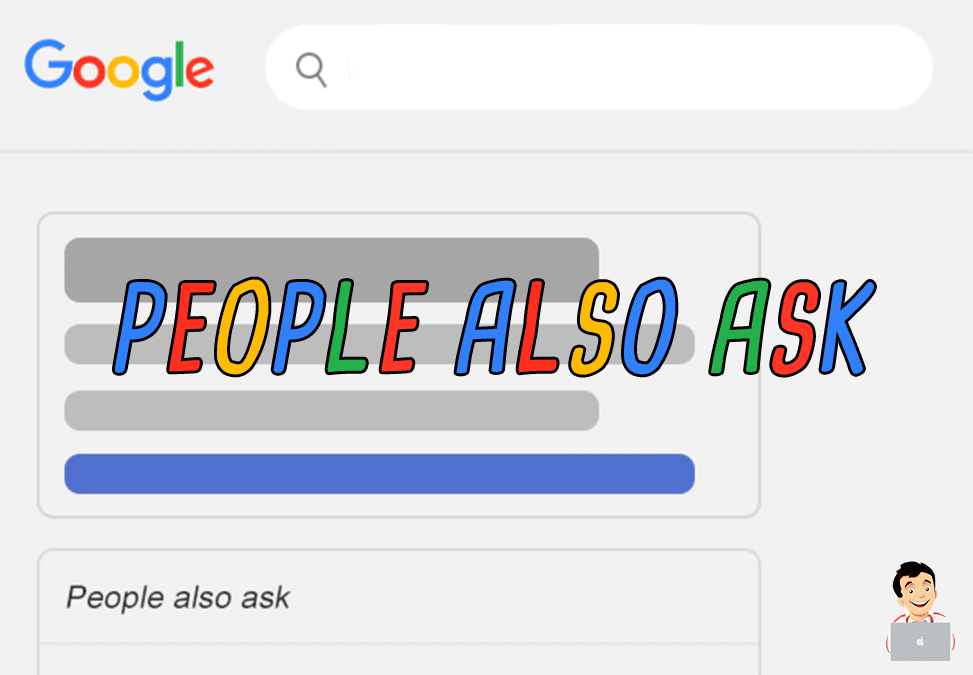
Optimize on‑page elements
Even with semantic coverage, on‑page SEO still matters. Follow these guidelines:

- Title tags and meta descriptions: keep titles under 60 characters and descriptions under 160 characters. Include your primary keyword and a clear value proposition.
- Headings (H1–H4): use a single H1 per page, followed by H2s for major sections, H3s for sub‑sections, and H4s for granular details. This hierarchical structure aids both readers and search engines.
- Internal linking: link to relevant posts in your content cluster. Use descriptive anchor text rather than generic phrases like “click here.”
- Alt text and captions: describe images succinctly with keywords and context. Screen readers and search engines rely on alt text to understand visuals.
- URL structure: keep URLs concise, readable, and free of unnecessary parameters.
Building brand and authority through blogging

Loomly
E‑E‑A‑T and trust signals
Google’s emphasis on E‑E‑A‑T means you need to showcase experience, expertise, authority, and trust. Here are ways to do that in your blog:
- Author bios: include a short biography for each author, highlighting credentials, experience, and personal touch. Link to professional profiles where appropriate.
- Citations and references: support statements with data. For example, citing Smart Insights’ report that 63.9 % of the world’s population uses social media and that 5.07 billion people are social media users adds credibility to a blog about digital marketing.
- Case studies and personal stories: share real‑world examples of how you applied your strategies. Authentic stories build relatability and trust.
- Secure site (HTTPS): a secure website is a basic trust factor; it’s also a ranking signal.
Consistent brand voice and identity
Your blog is an extension of your brand. Define a voice, whether it’s conversational, authoritative, quirky, or analytical, and stick with it. A consistent voice fosters familiarity. Align your visual elements too: fonts, colors, and graphics should reflect your brand guidelines. OnlySocial’s guide on content pillars notes that sticking to defined themes helps audiences know what to expect. Likewise, staying consistent in tone and style assures readers they’re in the right place.
Align content with business goals
Without a strategy, blogging can become an endless cycle of posts that don’t move the needle. Take a cue from SocialPilot’s 2025 advice: a winning strategy is goal‑driven and tied to business KPIs . Whether you’re aiming to increase email sign‑ups, drive product sales, or build a community, map each blog post to a funnel stage (awareness, consideration, conversion). Outline clear calls to action that guide readers to the next step download a resource, sign up for a webinar, or follow your social channels.
Introducing the Koray Tugberk Gubur Framework for Blog Writing

Semantic coverage and overlapping NLP terms
Instead of targeting a single keyword repeatedly, identify the concepts and entities related to your topic. For a guide on blog writing, relevant entities include search engine optimization, content marketing, brand storytelling, E‑E‑A‑T, user intent, and analytics.
Use synonyms and variations naturally throughout the text, e.g., “write,” “craft,” “compose,” or “create,” as well as related terms like “copywriting” and “article development.” This variety helps your post appear for more searches and signals depth to algorithms.
Topical mapping and clustering
Map your overarching topic into primary pillars (e.g., SEO fundamentals, content creation, distribution and measurement). For each pillar, create supporting posts—such as tutorials on keyword research, articles about writing compelling introductions, or case studies on repurposing content.
Link these pages using descriptive anchor text to create a topical silo. When Google crawls your site, it recognizes the internal structure and awards topical authority.
Entities, synonyms, and concept bridging
Search engines rely on entity understanding to connect related topics. Identify key entities: people (e.g., Koray Tugberk Gubur), organizations (SocialPilot, OnlySocial), concepts (E‑E‑A‑T, content pillars), and products (blog platforms, SEO tools). Use them in context and link to authoritative sources when possible. Bridge concepts by explaining how they relate: for example, connecting content pillars to blog topics shows that the discipline of social media planning shares principles with blogging.
Question‑driven content and FAQs
One of the easiest ways to identify user intents is to look at questions people ask. Tools like “People also ask” lists reveal common queries. Answer these questions explicitly in your blog. At the end of this guide, we’ve included a FAQ section that addresses frequently asked questions about blog writing. This not only improves reader satisfaction but can also help your post appear in Google’s FAQ rich results.
Building a network of supportive pages
Rather than publishing a single 10,000‑word article on every nuance of blogging, develop a cluster of posts. For example, you could write dedicated guides on keyword research, content calendars, conversion copywriting, on‑page SEO, and distribution strategies. Each of these posts links back to your core pillar. Over time, this network signals to search engines that your site is a go‑to resource for blog writing, improving your overall rankings.
Key takeaways
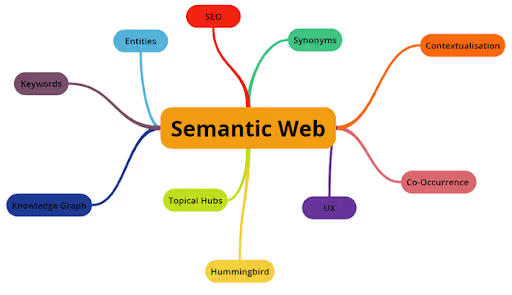
- Blogging remains essential, even in a world where billions of people spend hours on social media .
- SEO has evolved: focus on search intent, semantic coverage, and topical authority rather than just keywords.
- Brand and authority matter: showcase E‑E‑A‑T, maintain a consistent voice, and align your content with business objectives.
- The Koray Tugberk Gubur framework encourages building content clusters with overlapping NLP terms and internal linking to dominate a topic.
Crafting High‑Performance Blog Content in 2025
Research: Data, Trends & Tools
Great blogs start long before fingers hit the keyboard. Research ensures you address the right topics, speak to the right people, and provide accurate information.
Audience research and persona development
Creating detailed audience personas helps you understand who you’re writing for. According to OnlySocial’s guide, knowing your audience’s favorite platforms, values, and pain points is a prerequisite for choosing the right content pillars . Apply similar thinking to blog writing:
- Demographics: Age, gender, location, profession.
- Psychographics: Interests, motivations, challenges, and aspirations.
- Online behaviors: Preferred content formats (videos, articles), search habits, engagement patterns.
Gather this data using analytics tools (Google Analytics, social insights), surveys, and interviews. You can also review competitor content to see which posts drive the most engagement.
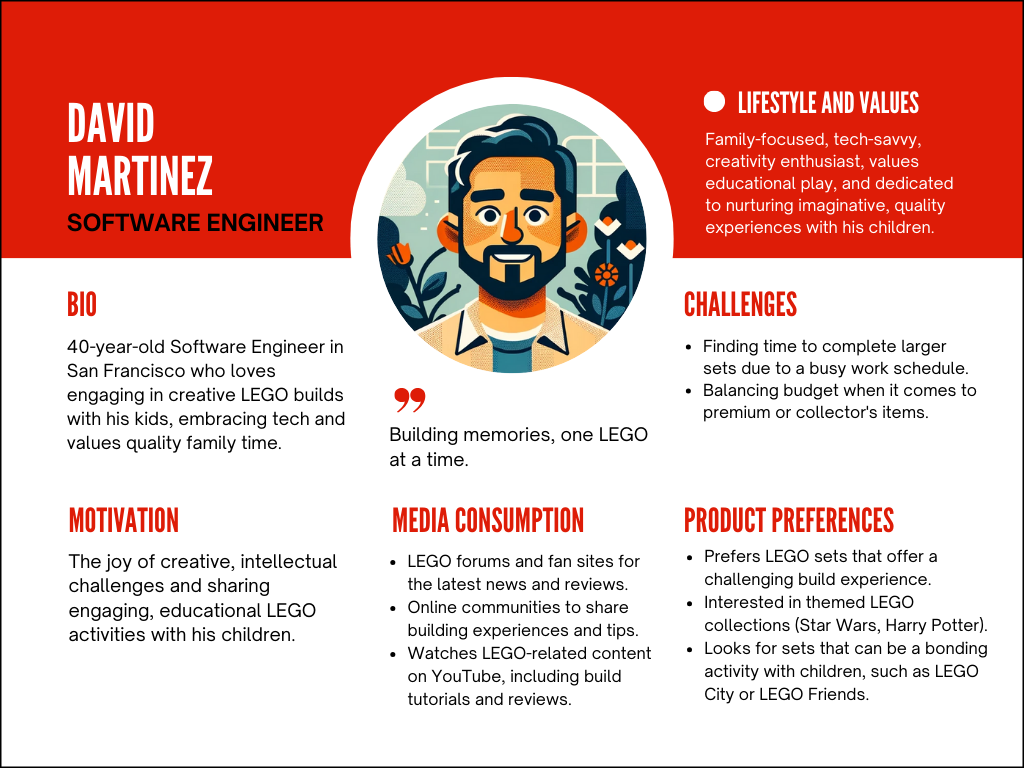
Competitor analysis and gap identification

Visit competitors’ blogs to examine their content structure, topics, and engagement. Identify gaps—topics they haven’t covered, questions they haven’t answered, or formats they haven’t used. Tools like Ahrefs and Semrush are helpful if you have access, but a manual audit can work too. List the posts that consistently rank or attract backlinks and analyze what makes them successful. Your goal is not to copy but to create something more complete and useful, filling gaps and adding unique insights.
Harnessing AI tools ethically

Artificial intelligence can streamline research and ideation. You can use AI to generate topic ideas, analyze competitor content, or even draft outlines. However, AI should augment, not replace, your voice and expertise. Always fact‑check and add your own perspective. As AI content becomes more prevalent, authenticity will be a differentiator.
Planning and structuring a blog article
Outlining with H1–H4 headings
A strong outline not only guides your writing but also signals to search engines how your content is organized. Use a single H1 for the title (e.g., “The Ultimate Guide to Blog Writing…”).
Break the article into major sections with H2 headings (like the ones you’re reading now). Within each H2, use H3 and H4 to organize subtopics and granular details.
This hierarchical structure creates a logical flow and helps screen readers and SEO bots understand your content.
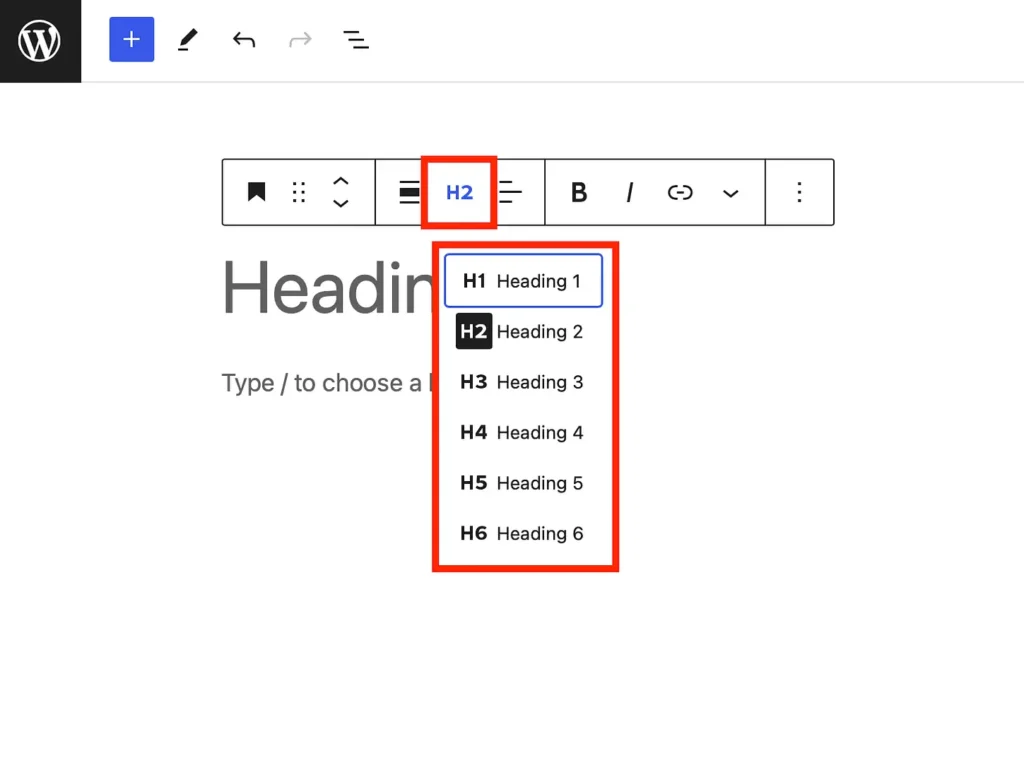
Crafting irresistible introductions
The first few sentences of your blog determine whether readers will stay or bounce. Begin with a hook: a startling statistic, a question, a relatable story, or a bold promise. For example, you might mention that the average person spends over two hours on social media every day to set the stage for why blogging is critical. Then clearly state what the reader will learn, and why it matters.

Writing Engaging Body Content

Medium
Here’s how to keep readers scrolling:
- Use short paragraphs and varied sentence lengths. Walls of text intimidate readers; white space invites them in.
- Incorporate multimedia. Embed images, infographics, or short videos to illustrate complex ideas. When you include images, remember to add descriptive alt text for accessibility.
- Tell stories. Humans are wired to connect with narratives. Share personal anecdotes or case studies that illustrate your points. For example, highlight a client whose blog attracted new customers after adopting a content cluster strategy.
- Provide actionable insights. Readers should finish each section with a clear idea of what to do next.
Evergreen vs. Timely Content
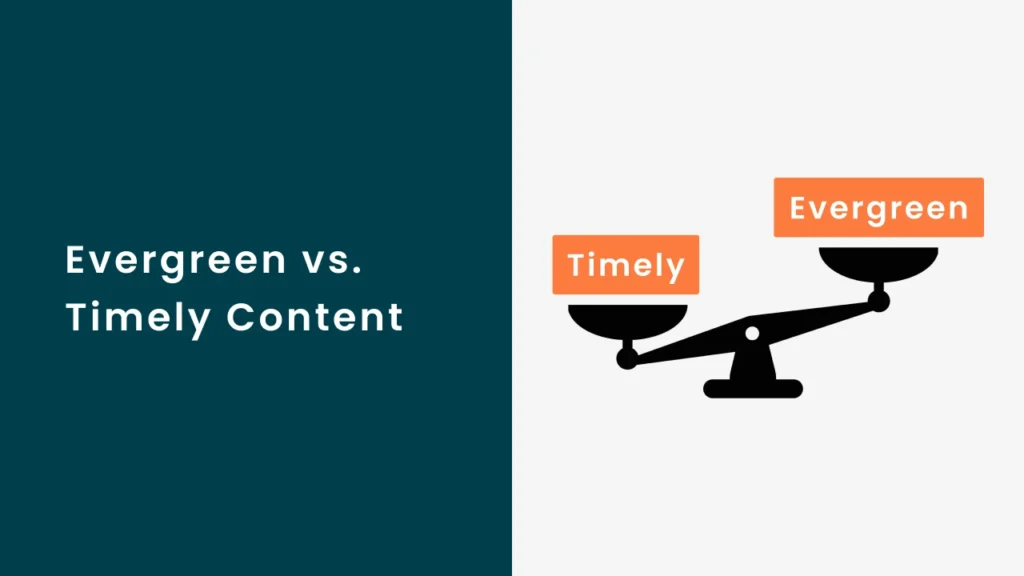
Balance evergreen posts (topics that remain relevant for years) with timely pieces (news, trends, updates). Evergreen content builds foundational traffic, while timely content positions you as a thought leader on current issues.
When writing timely posts, consider that social trends evolve quickly—for instance, SocialInsider notes a rise in “silent social platforms,” purpose‑driven marketing, and AI‑driven content. Covering such trends in your blog can attract readers searching for the latest information. Just be prepared to update or archive posts as trends fade.
Writing techniques for SEO and readability
Conversational tone meets professional depth
The most engaging blogs read like a conversation with an informed friend. Use personal pronouns (“you,” “we,” “I”) to connect with readers. Avoid jargon where possible, or explain it when necessary. That said, don’t sacrifice depth; provide definitions, data, and nuanced analysis. For example, when discussing content pillars, explain that they are core themes guiding your brand’s posts  and note that sticking to themes builds trust and consistency .
Using synonyms, variations, and LSI keywords

Search engines love variety when it comes to terminology. Sprinkle synonyms and related phrases throughout your article. For instance, use “blog writing,” “blogging,” “article creation,” and “content writing” interchangeably when appropriate.
Also incorporate latent semantic indexing (LSI) keywords—terms that often appear with your main topic. For a blog about SEO, LSI keywords might include “search intent,” “backlinks,” “meta description,” “keyword density,” and “page authority.” Remember that the goal is natural writing—forced insertions of synonyms can feel awkward.
Writing for voice search and zero‑click experiences
With the growth of smart speakers and voice assistants, optimizing for voice search is essential. Voice queries tend to be longer and phrased as questions. Incorporate question‑answer sections (like FAQs) and use natural language. Additionally, structure your content to provide concise answers that could be pulled into featured snippets. For example, an FAQ entry like “What are content pillars?” could have a succinct answer: “Content pillars are core themes that guide everything your brand shares online”.
Avoiding keyword stuffing
While including variations is important, avoid overusing keywords. Keyword stuffing not only hurts readability but can lead to ranking penalties. Focus on semantic richness instead—cover all relevant angles and related entities.
As Koray Tugberk Gubur’s framework suggests, write multiple interconnected posts to cover a topic fully rather than squeezing every variation into one article.
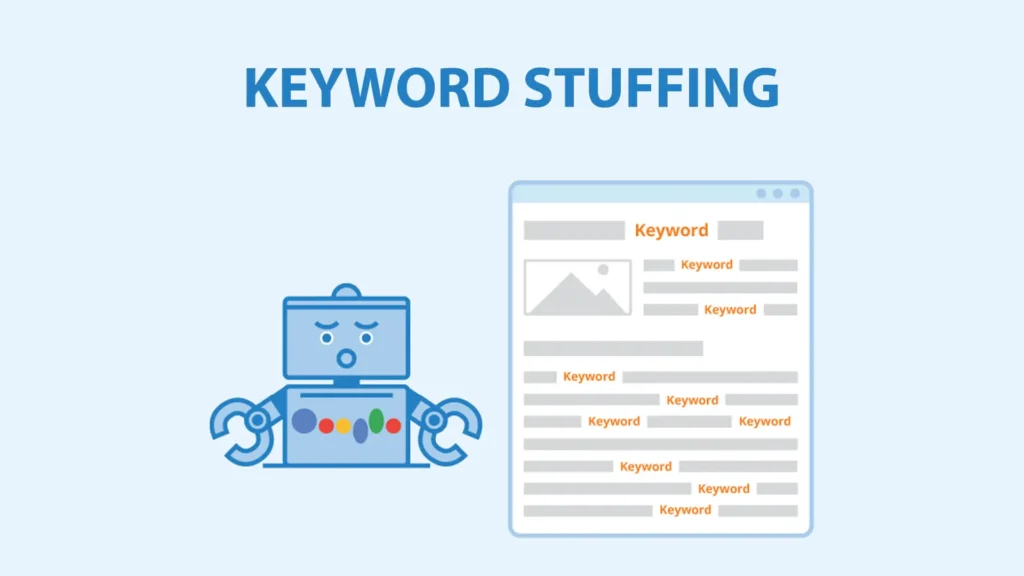
Enhancing authority and brand trust
Use citations and data
Support your statements with data from credible sources. For example, referencing Smart Insights’ figure that more than half the world uses social media and spends over two hours per day on it strengthens your argument. Similarly, citing OnlySocial’s explanation that content pillars bring consistency, planning efficiency, and engagement  adds authority when discussing content strategy.
External and internal linking
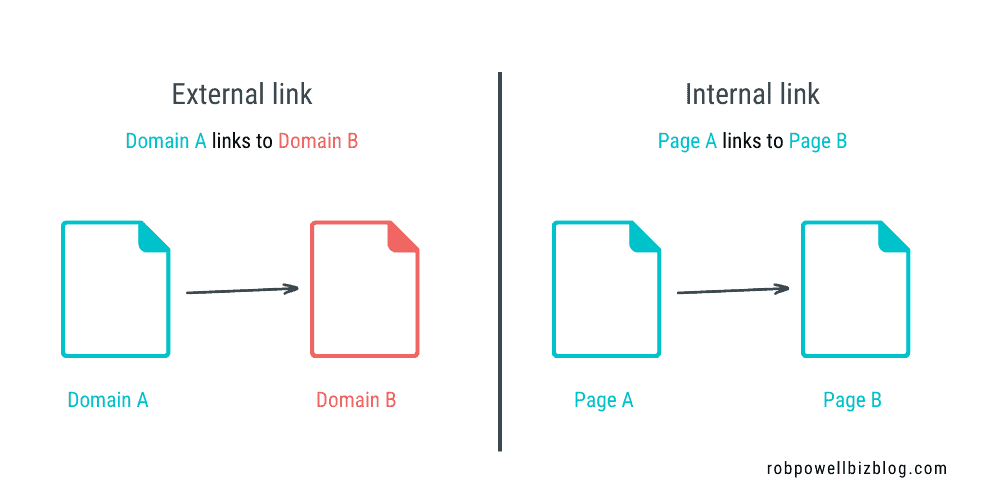
Link to authoritative external sources to show you’ve done your homework. When linking internally, guide readers to related articles in your content cluster. For example, if you mention “keyword research,” link to your dedicated keyword research guide. This keeps readers on your site longer and signals to search engines that your site has depth.
Stories, case studies, and user‑generated content
People remember stories more than facts. Share examples of clients or projects that illustrate your strategies. For instance, highlight a small business that increased traffic after building a content pillar strategy, or discuss how brands like Poppi use four content pillars—user‑generated content, product sightings, memes tied to trends, and seasonal posts—to maintain a playful yet cohesive social feed . Real‑world examples help readers picture success and trust your advice.
Encouraging engagement
Blogs shouldn’t be one‑way monologues. Invite readers to comment, share, or ask questions. Encourage them to subscribe to your newsletter or follow you on social platforms for more updates. Consider adding polls or interactive elements. Engaged readers not only return but also provide feedback that can guide future content.
On‑page SEO optimization beyond content
Title tags, meta descriptions, and URL best practices
We touched on these earlier, but they deserve emphasis. Your title tag influences click‑through rate; craft something compelling yet descriptive. Meta descriptions should entice searchers by summarizing the value of your post. Keep your URL structure simple (e.g., yourdomain.com/blog-writing-guide), and avoid auto‑generated strings filled with numbers or parameters.
Structured data and schema markup
Adding structured data like Article schema or FAQ schema helps search engines understand your content. If you include a FAQ section (as we do later), wrap it in FAQ schema to increase the chances of rich‑result display. Tools like Google’s Structured Data Markup Helper can guide you.
Site speed, mobile responsiveness, and accessibility
No matter how well you write, readers will bounce if your page is slow or unreadable on mobile. Use tools like Google PageSpeed Insights to identify improvements. Compress images, enable caching, and choose a responsive theme. Ensure text has sufficient contrast against backgrounds and provide alt text for images and transcripts for videos.
Visual design and readability
Use typography and whitespace thoughtfully. Choose fonts that are easy to read and align with your brand. Avoid cluttered layouts—allow breathing room around text and images. Break up long passages with subheadings, bullets, and numbered lists. A visually appealing blog enhances both user experience and SEO.
Summary
You’ve learned how to conduct research, plan your content with clear headings, write engaging copy, and optimize for both humans and algorithms. Remember to mix evergreen and timely content, use synonyms and related terms naturally, support your claims with data, and pay attention to technical SEO elements like schema and site speed. All of these details combine to create blog posts that not only rank but also resonate.
Distribution, Measurement & Evolution of Your Blog Strategy
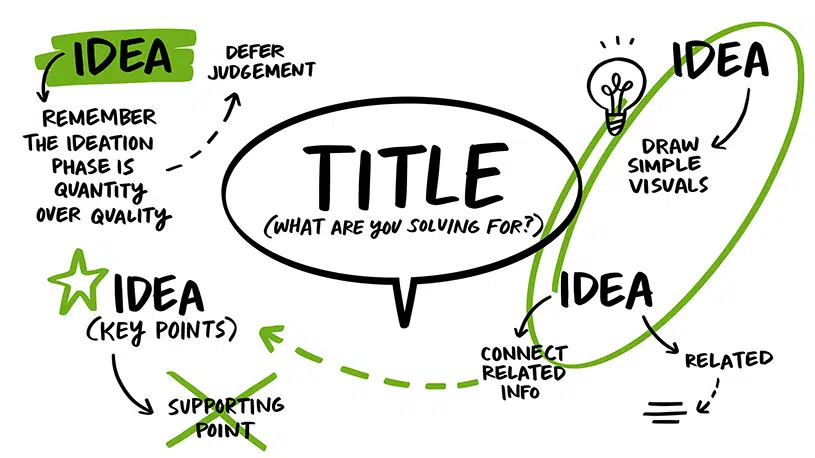
Writing a great post is only half the battle. To grow your audience and authority, you need a distribution plan.
Social media integration and repurposing
Cross‑posting your blog content to social platforms helps you reach the billions of users who spend hours there each day . But don’t just drop a link; tailor your message to each platform:
• Micro‑content: Pull out compelling statistics, quotes, or tips from your blog and turn them into bite‑sized graphics or videos. These can be shared on Instagram Stories, LinkedIn posts, or TikTok snippets.
• Carousels and threads: Summarize key points in a carousel (Instagram, LinkedIn) or a tweet thread. Encourage readers to read the full article for deeper insights.
• Live discussions: Host live sessions or Twitter Spaces to discuss the blog topic and answer questions in real time. Refer people to the blog for additional resources.
• Communities and groups: Share your content in relevant Slack channels, Facebook groups, or forums, adding context and engaging in discussion. Make sure to follow community guidelines and avoid spamming.
Remember that private communities and purpose‑driven platforms are gaining traction. Seek out niche communities where your target audience hangs out and share your content there. This targeted distribution often yields higher engagement than broadcasting to a generic feed.
Email marketing and newsletters
Email remains one of the highest‑ROI channels. Build an email list by offering downloadable resources, checklists, or exclusive content. Use your blog posts as anchor content for newsletters, summarizing the article and linking back to the full post.
Segment your list based on interests—someone who signed up for SEO tips will appreciate different content than someone interested in branding. Personalized emails increase open rates and clicks.
Collaborations, partnerships, and guest posts
Collaborate with other creators and brands to expand your reach. Guest posting on reputable sites not only exposes you to new audiences but also earns backlinks, boosting your authority. You can also invite experts for interviews on your blog, adding their perspective and widening the article’s appeal. When selecting partners, ensure their values align with yours and that their audience matches your target personas.
Repurposing content into other formats
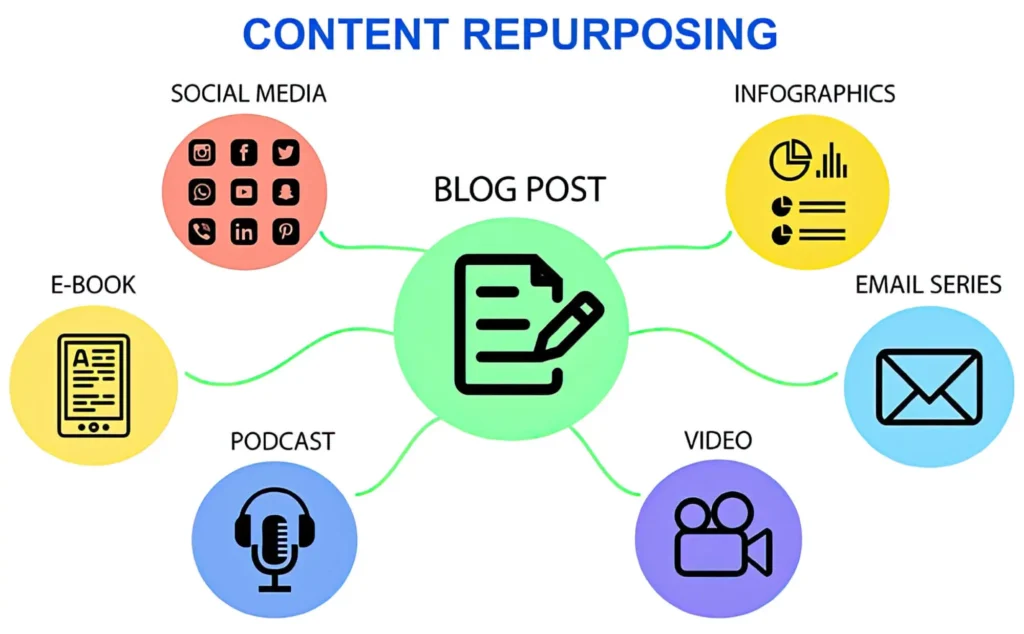
One blog post can power multiple pieces of content:
• Podcasts: Turn an article into a podcast episode by discussing the key points and adding commentary.
• Webinars: Use the blog outline as the basis for a webinar or workshop. Webinars allow you to interact with your audience and collect leads.
• Infographics: Summarize complex data into an infographic for visual learners.
• E‑books: Combine related blog posts into a comprehensive e‑book, which can be gated to grow your email list.
Repurposing maximizes your investment and ensures that people who prefer different learning styles can access your insights.
Measuring success and iterating
Key performance indicators (KPIs)
To know whether your blog strategy is working, track the metrics that matter. Drawing inspiration from SocialPilot’s suggestion to link goals to KPIs , consider the following:
- Traffic and unique visitors: overall page views, sessions, and users.
- Engagement metrics: average time on page, scroll depth, comments, shares.
- Conversion metrics: newsletter sign‑ups, downloads, product purchases, or inquiries generated from blog posts.
- SEO indicators: organic search traffic, keyword rankings, impression and click‑through rates from search results.
- Referral traffic: visits from social media, email, or guest posts.
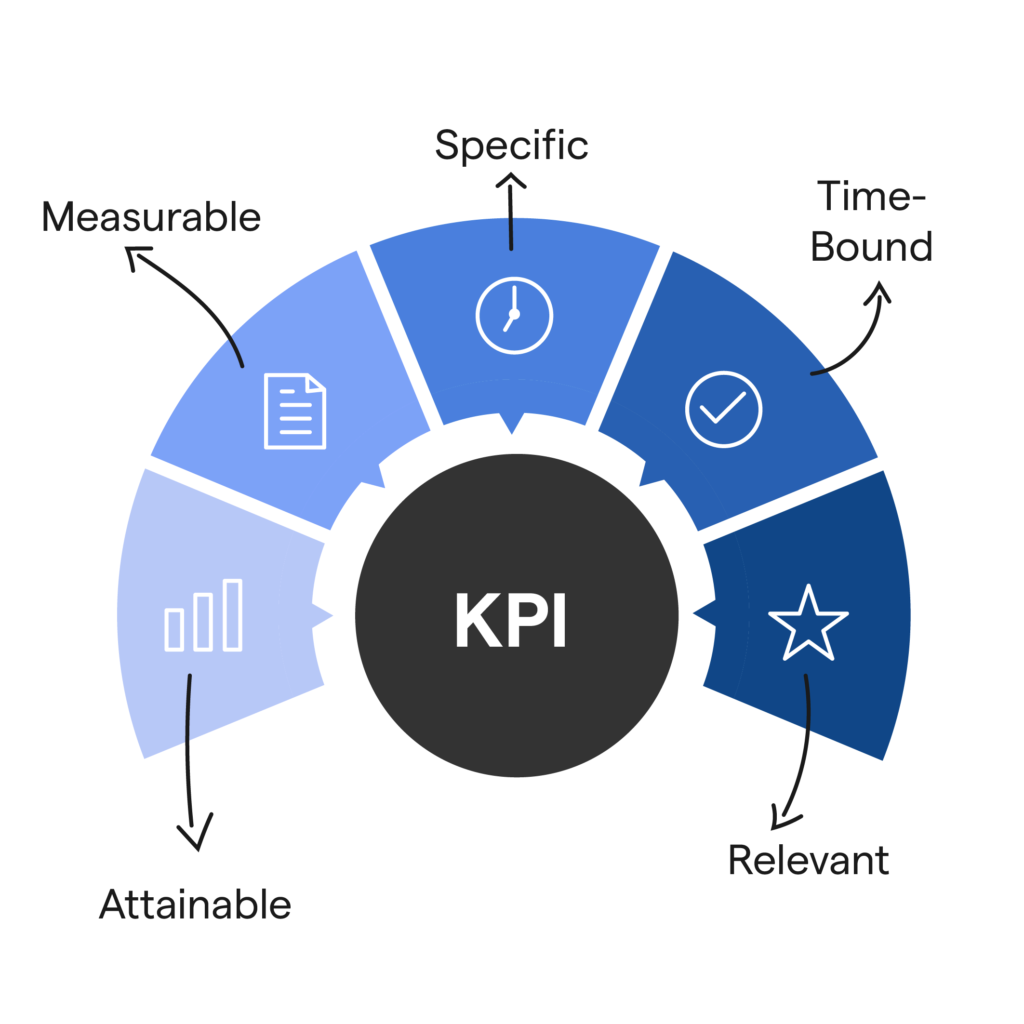
Set benchmarks based on your current performance, and create targets aligned with your business goals. For example, “increase organic traffic by 30 % in the next six months” or “generate 100 qualified leads from blog content each quarter.”
Tools for analysis
Use analytics platforms such as Google Analytics, Matomo, or Adobe Analytics to monitor traffic and engagement. Heatmapping tools like Hotjar or Crazy Egg provide insights into how users interact with your pages. For SEO monitoring, tools such as Search Console, Ahrefs, or Semrush help track keyword performance and backlinks. If budget is tight, many free tools (e.g., Google Search Console, built‑in social media insights) still provide valuable data.
Interpreting data and refining content pillars
Data is only useful when acted upon. Identify which topics, formats, and distribution channels perform best. If posts related to “content pillars” receive more engagement, consider expanding that cluster. If readers drop off early in long articles, experiment with shorter sections or more visuals. Leverage user feedback from comments and social interactions to refine your tone and content mix.
Future trends shaping blog writing in 2025 and beyond
AI‑generated content and human oversight

AI will continue to shape content creation. Generative models can draft outlines, suggest headlines, or produce initial versions of posts. However, human writers are indispensable for injecting originality, nuance, and brand voice.
Expect guidelines and tools to help identify AI‑generated content and maintain authenticity. Audiences will value transparency—let readers know when AI assists your process and highlight the human expertise behind your final product.
Voice search, multimodal experiences, and zero‑click SERP

With the growth of smart speakers and multimodal devices, searchers increasingly ask questions aloud. Blogs optimized for voice search—using natural language, question‑answer structures, and concise summaries—are more likely to be surfaced by voice assistants.
Zero‑click experiences, where users get answers without leaving the search results page, will become even more common. To stay relevant, aim to provide the best answer so that Google or other engines pull your content into these rich results.
Purpose‑driven content and authenticity
The 2025 social media trends report emphasises a shift to purpose‑driven marketing and the quest for authenticity. Readers want brands to stand for something, whether it’s sustainability, diversity, or community impact. Integrate your values into your blog content—share stories about your team, highlight charitable initiatives, and discuss ethical considerations in your industry. Authenticity builds loyalty and differentiates you in a crowded marketplace.
Emerging platforms and decentralization
Platforms like Bluesky and Threads are growing rapidly—Bluesky went from 13 million users in October to 26 million by early 2025. These decentralized or semi‑decentralized platforms prioritize user control and community. While blogging remains platform‑agnostic, consider how content sharing and interactions might shift as users adopt new social networks. Stay nimble and be willing to experiment with distribution in these spaces.
Sustainability and digital wellbeing
As concerns about screen time and digital burnout rise, there’s an increasing emphasis on digital wellbeing. People appreciate content that respects their attention and contributes positively to their lives. Prioritize quality over quantity—publish articles that genuinely help your readers, and encourage mindful consumption. Consider offering audio versions of your posts for those who prefer listening while commuting or exercising.
Building long‑term authority: continuous evolution

Continuous learning and updating
SEO and content trends evolve rapidly. Commit to ongoing education—follow reputable industry blogs, attend webinars, and join communities. Review and update your blog posts regularly. Refresh statistics (like the 5.07 billion social media users or 5.24 billion active users ) and replace outdated examples. Updated content often ranks better and signals to readers that your information is current.
Building a community
Authority isn’t built in isolation. Engage with your readers in comments and social channels. Encourage user‑generated content and feature guest contributions. Recognize and celebrate community members who implement your advice successfully. Over time, a loyal community becomes your greatest advocate and source of ideas.
Ethics, transparency, and trust
As misinformation proliferates, ethical blogging is more critical than ever. Be transparent about your affiliations and sponsorships. Disclose when you use affiliate links or when a post is sponsored. Avoid sensationalized headlines or clickbait. Trust is hard to earn and easy to lose; maintain it by prioritizing your audience’s best interests.
Conclusion
Blogging in 2025 is far from dead—it’s evolving. By embracing the Koray Tugberk Gubur framework, focusing on semantic SEO, demonstrating E‑E‑A‑T, and integrating your blog with broader marketing channels, you can create content that ranks, resonates, and endures. Remember that the landscape changes quickly—stay curious, listen to your audience, and always be prepared to adapt. Your blog is not just a marketing asset; it’s a living conversation with the people you serve.
Frequently Asked Questions (FAQ)
Below are ten common questions about blog writing for SEO, branding, and authority. Each answer is concise enough to be useful on its own but also invites readers to explore deeper headings of this guide.
1. What makes a blog post “SEO‑friendly” in 2025?
An SEO‑friendly blog post addresses search intent, uses a clear heading structure (H1–H4), incorporates related terms naturally, and provides a comprehensive answer. It also optimizes on‑page elements like title tags, meta descriptions, and alt text. Building topical clusters and linking between related posts strengthens relevance. See the sections on semantic SEO and the Koray Tugberk Gubur framework for more details.
2. How long should my blog posts be?
Length should be dictated by topic depth and user intent rather than a fixed word count. Comprehensive guides (like this one) can exceed 4,000 words, while how‑to articles might be 800–1,500 words. What matters is that you thoroughly cover the subject and answer related questions. Data suggests that longer, well‑structured posts tend to rank better, but brevity is key for highly specific queries.
3. How often should I publish new blog posts?
Consistency is more important than sheer frequency. Aim for a schedule you can maintain—whether that’s weekly, bi‑weekly, or monthly. Use content pillars to ensure variety and avoid burnout . Quality should always trump quantity; a well‑researched post will deliver more value than several rushed ones.
4. Do I need to update old blog posts?
Yes. Updating posts with fresh data (such as the percentage of global social media users or emerging trends) and improving structure can boost your rankings and provide a better user experience. Add new sections, refresh links, and ensure that statistics are current. Use analytics to identify posts with high traffic or rankings and prioritize their updates.
5. How can I find topics that will drive traffic?
Start with keyword research tools to identify popular queries. Then expand into semantic clusters by brainstorming related questions, analyzing “People also ask” results, and reviewing competitor content. Address the gaps you discover and create a cluster of articles around a pillar topic. Use your audience personas to tailor these topics to real interests and pain points.
6. What role do content pillars play in blogging?
Content pillars are core themes that organize your posts. They help maintain a consistent brand voice, streamline planning, and boost engagement . When applied to blogging, pillars ensure that each piece of content aligns with your brand goals and audience needs. They also simplify distribution and repurposing across channels.
7. Should I use AI to write my blog posts?
AI can assist with research, ideation, and even drafting, but it shouldn’t replace your unique voice and expertise. Use AI tools ethically—fact‑check outputs, add personal insights, and ensure authenticity. In a world increasingly filled with AI‑generated content, human originality will stand out.
8. How do I measure the success of my blog?
Track metrics that align with your goals: organic traffic, engagement (time on page, comments), conversions (sign‑ups, sales), and SEO performance (rankings, impressions). Use tools like Google Analytics, Search Console, and heatmaps. Regularly review these metrics and adjust your strategy accordingly.
9. What are the biggest blogging trends for 2025?
Key trends include purpose‑driven content, authenticity, AI‑assisted creation, optimization for voice search and zero‑click results, and distribution across emerging platforms like Bluesky and Threads. Sustainability and digital wellbeing are also gaining importance, so expect readers to prefer content that respects their time and aligns with their values.
10. How do blogs complement social media marketing?
Blogs and social media work hand in hand. Social platforms offer discoverability and quick engagement, while blogs provide depth and longevity. You can repurpose blog content into social micro‑content and use social channels to drive traffic back to your blog. Given the billions of social media users and their influence on brand discovery, combining both channels ensures a holistic strategy.
Disclosure: Our blog contains affiliate links to products. We may receive a commission for purchases made through these links. However, this does not impact our reviews and comparisons. We try our best to keep things fair and balanced, in order to help you make the best choice for you.
